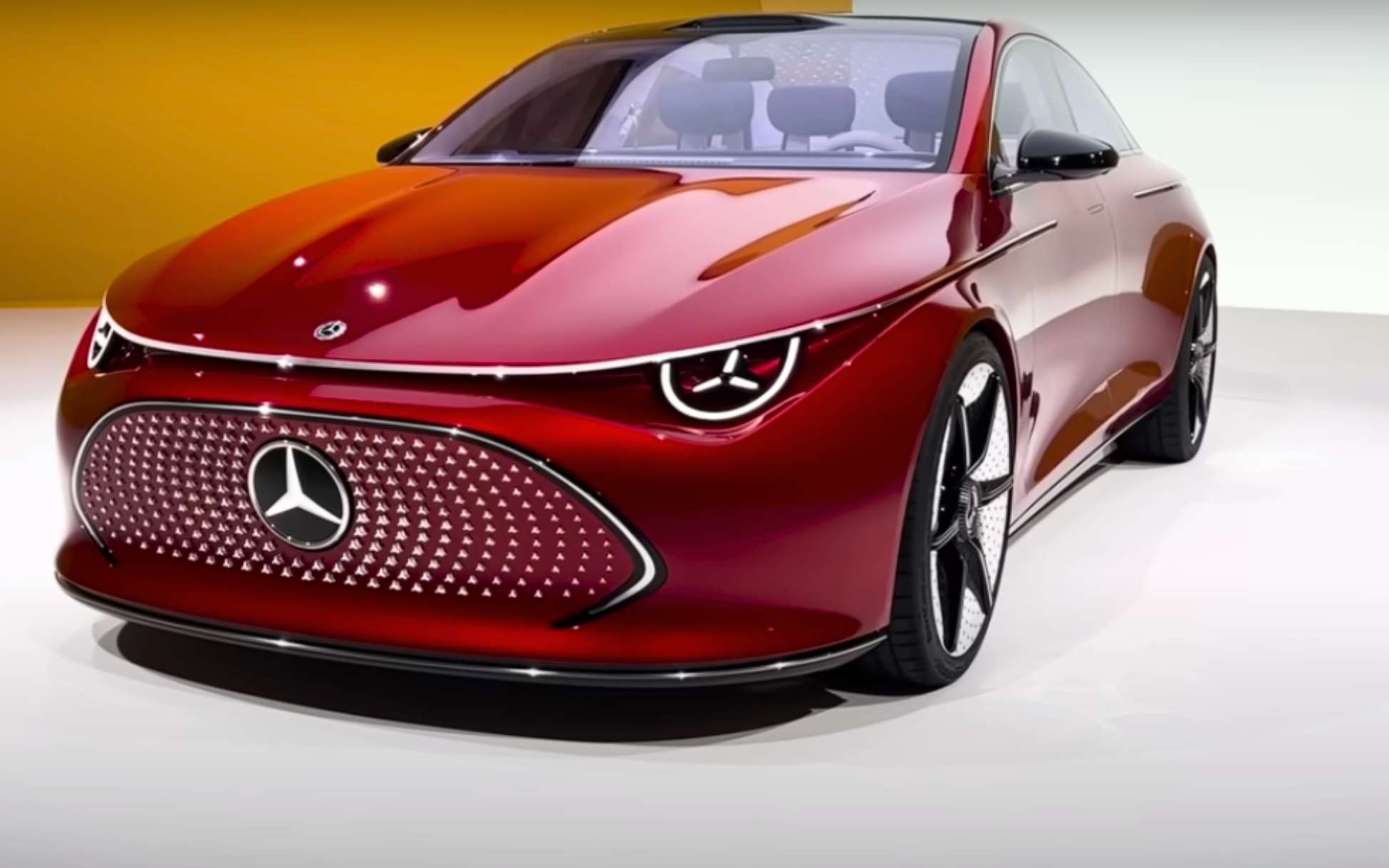Hey there fellow riders! Are you the kind of person who loves the thrill of the open road on your trusty two-wheeled machine? Do you revel in the wind rushing through your hair (or what’s left of it) and the freedom of the highway stretching out before you?
Well, if you’re anything like us, you know that safety is key when it comes to riding a motorcycle. And one of the most important safety measures you can take is wearing a helmet.
But have you ever wondered if motorcycle helmets expire? It’s a question that not many riders think about, but it’s an important one nonetheless.
In this article, we’re going to dive into the world of motorcycle helmet expiration dates and give you all the information you need to ride safe and smart. So sit back, buckle up (or rather, strap on your helmet), and let’s get started!
Do motorcycle helmets expire?
The short answer is yes, motorcycle helmets do expire. And, most of the helmets come with an expiry date.
Typically, helmet manufacturers provide a warranty that lasts for five years from the date the helmet was made. This is often seen as the standard expiration date and is when they recommend that you replace your helmet.
Of course, this can vary depending on the specific manufacturer, and other factors such as usage and storage conditions can also impact the lifespan of your helmet.
So, while it’s not a hard and fast rule, five years is a good guideline to keep in mind when it comes to your helmet’s shelf life.
Remember, nothing is more important than your safety on the road, so always make sure to follow the manufacturer’s guidelines and replace your helmet when it’s time to do so!
But it’s not as simple as just putting an expiration date on the label and calling it a day. There are a few factors that go into determining when a helmet is no longer safe to use.
Factors that affect helmet life
Here are the factors that can affect the lifespan of your motorcycle helmet:
- Sunlight: Just like your skin, your helmet can be damaged by exposure to the sun’s rays. Over time, UV rays can cause the materials in your helmet to break down and become less effective at protecting your head.
- Sweat and oils: The sweat and oils from your skin can also contribute to the degradation of your helmet’s materials. This is especially true for the foam padding inside the helmet, which can absorb sweat and oils and break down over time.
- Impact: Obviously, if your helmet has been involved in a crash, it’s time to replace it. Even if there are no visible signs of damage, the impact can cause the materials in your helmet to compress and become less effective at protecting your head in the future.
- Storage conditions: Storing your helmet in extreme temperatures or exposing it to harsh chemicals can also affect its lifespan. Make sure to store your helmet in a cool, dry place away from direct sunlight and avoid using any harsh chemicals or cleaning products on it.
- General wear and tear: Like any piece of equipment, your helmet will naturally experience wear and tear over time. Straps can become stretched, visors can become scratched, and materials can become worn. Regular inspections can help you catch any signs of wear before they become a problem.
By keeping these factors in mind and taking good care of your helmet, you can ensure that it will protect you for many years to come. And remember, a helmet is not just a fashion accessory – it’s a crucial piece of safety equipment that can save your life in the event of a crash. So don’t skimp on helmet maintenance or replacement, and always prioritize your safety on the road.
So, which parts that you need to pay the most attention to when checking the helmet’s condition?
Parts that need to check in motorcycle helmets when checking their condition
- Shell: The outer shell of your helmet is the first line of defense against impact. Check for cracks, dents, or any signs of damage that could compromise its ability to protect your head.
- Liner: The foam liner inside your helmet is designed to absorb impact and protect your head. Check for any signs of wear or compression, which can reduce its effectiveness in the event of a crash.
- Chin strap: The chin strap is what keeps your helmet securely in place. Check for any signs of wear or damage, and make sure that the strap is still functioning properly.
- Visor: The visor on your helmet protects your eyes from wind, debris, and sun glare. Check for scratches or cracks, and make sure that the visor can still be opened and closed smoothly.
- Ventilation: Good ventilation is crucial for keeping you cool and comfortable on long rides. Check that all vents are functioning properly and that there are no obstructions blocking them.
- Padding: The padding inside your helmet provides comfort and helps to keep your helmet securely in place. Check for any signs of wear or compression, and make sure that the padding is still thick enough to provide adequate protection.
- Overall fit: Even if all of the individual components of your helmet are in good condition, it may be time to replace it if the fit is no longer snug and secure. Over time, helmets can become loose and uncomfortable, which can compromise their effectiveness in a crash.
Remember, a helmet is only effective if it’s in good condition and fits properly. By taking the time to inspect your helmet regularly and replace it when necessary, you can ensure that you’re always riding with the best possible protection.
Tips to maintain your motorcycle helmet
- Clean it regularly: Dirt, sweat, and grime can all build up on your helmet over time, which can lead to the deterioration of the materials. Use a mild soap and water to clean the outside of your helmet, and remove the padding to wash it separately.
- Avoid harsh chemicals: While it’s important to keep your helmet clean, you should avoid using harsh chemicals or solvents that can damage the materials. Stick to mild soap and water, and avoid using any products that contain alcohol or other harsh chemicals.
- Store it properly: When you’re not wearing your helmet, make sure to store it in a cool, dry place away from direct sunlight. Avoid hanging it by the chin strap, as this can stretch out the strap and reduce its effectiveness.
- Inspect it regularly: Take a few minutes every month to inspect your helmet for any signs of wear or damage. Look for cracks in the shell, compression in the foam liner, and wear on the padding and straps.
- Replace it when necessary: Even with proper maintenance, your helmet will eventually reach the end of its lifespan. Follow the manufacturer’s recommended replacement cycle, and replace your helmet immediately if it’s been involved in a crash or shows any signs of damage.
Final Thoughts
In conclusion, the answer to the question “Do motorcycle helmets expire?” is a resounding yes!
While most manufacturers recommend replacing your helmet every 5 years, it’s important to remember that this is just a general guideline. Factors like usage, storage, and exposure to sunlight can all affect the lifespan of your helmet.
So how can you tell if it’s time to replace your helmet? Look for signs of wear and tear like cracks in the shell, compression in the foam liner, and wear on the padding and straps.
And if your helmet has been involved in a crash or shows any signs of damage, replace it immediately.
Remember, your helmet is your first line of defense against serious head injuries, so it’s important to take its maintenance and replacement seriously.
By following the tips we’ve outlined in this article, you can keep your helmet in top condition and help ensure that it serves you well for years to come.
So keep riding, keep smiling, and keep your helmet on!






Leave a Reply